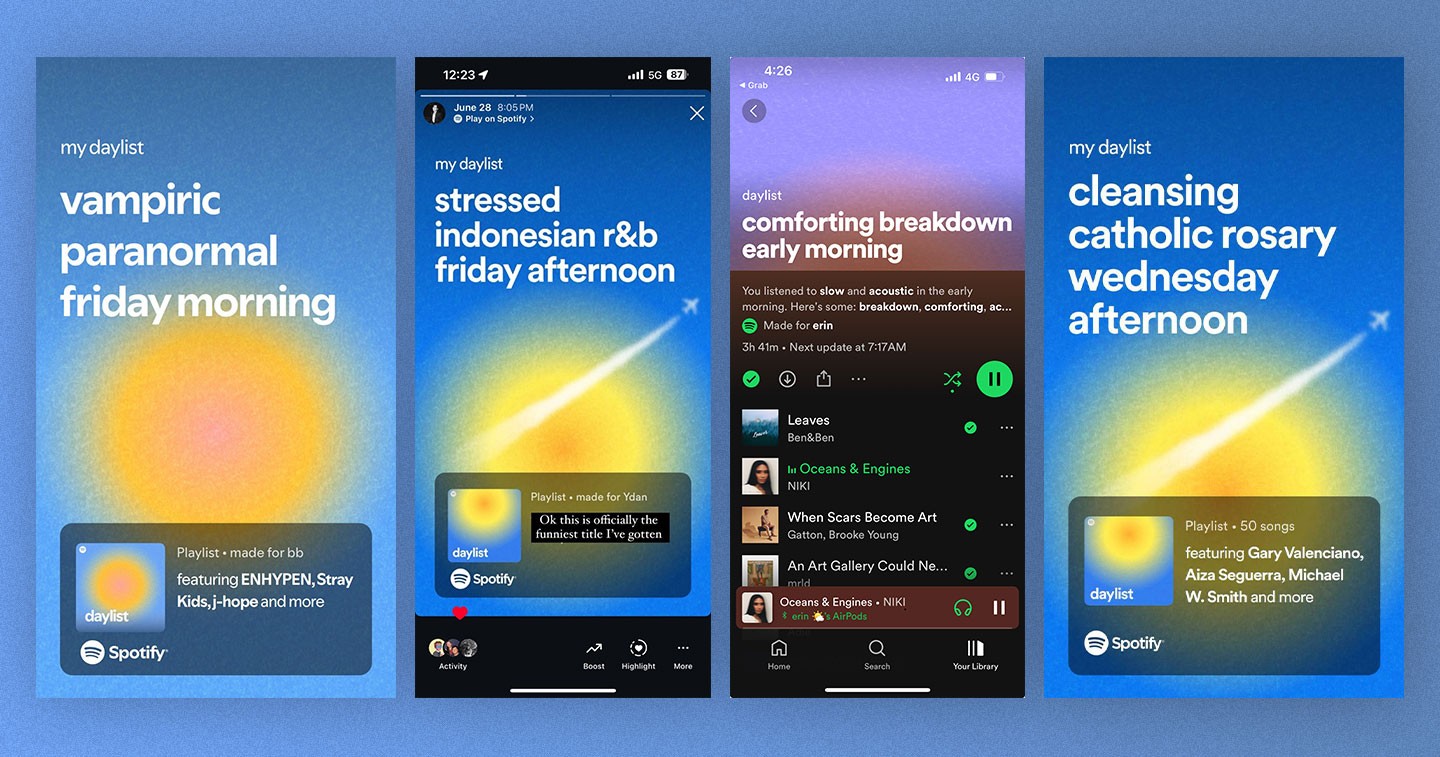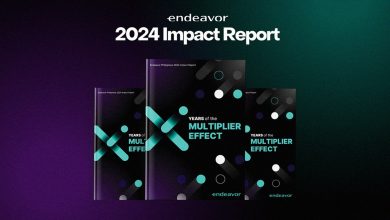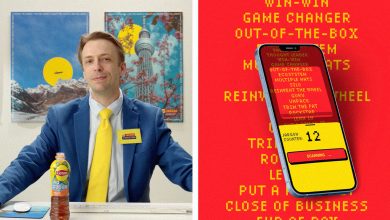MANILA, PHILIPPINES — Two realities in Filipino culture make us receptive to influencer marketing. First, we love celebrities – watching them, learning about their lives, and talking about them. Whether it’s living vicariously through them, giving us a goal to aspire towards, or just finding a brief respite from the stresses of every day, celebrities are an unshakable cultural institution in the Philippines. This points back to another reality, which is our evident love for entertainment. From the teleseryes of our childhood to today’s K-drama and TikTok crazes, we Filipinos always find ways to entertain ourselves.
Brands caught on to this shift from getting one’s entertainment fix through traditional media via televisions to content accessed via mobile devices, and responded by gaining more visibility in the spaces Filipinos occupy online. The Digital 2024 report by We Are Social and Meltwater earlier this year reveals that the Philippines is the world’s top video content consumer.
And what do we usually spend our screen time on? The same report shows that a whopping 50.7% of our social media users follow influencers online, in contrast to the world average only being 22.6%. Additionally, the Philippines’ ad spend on influencer advertising particularly is projected to reach PHP 7.2 million, or USD 125 million, in 2025, and is forecasted to only get even higher through 2029.
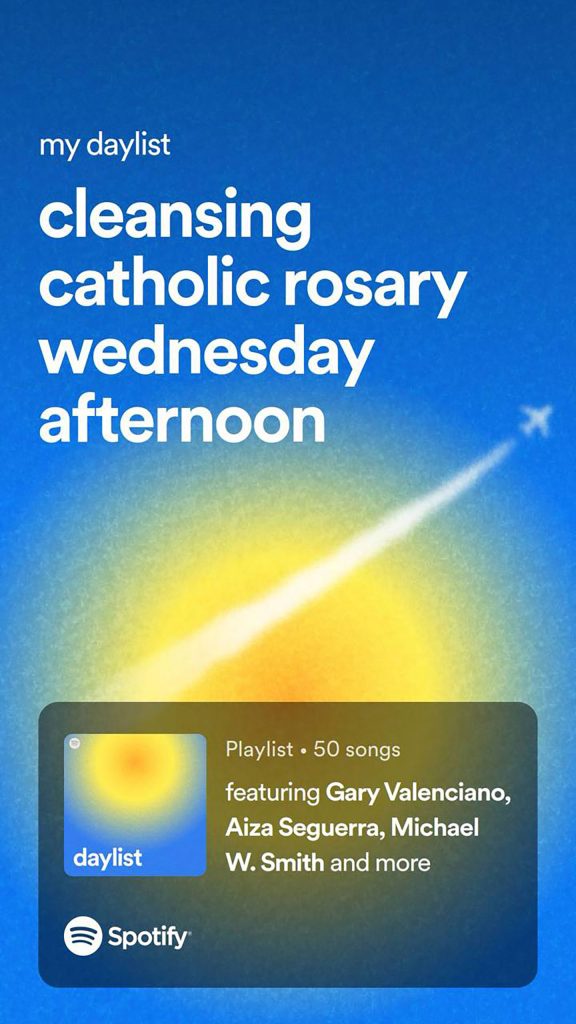
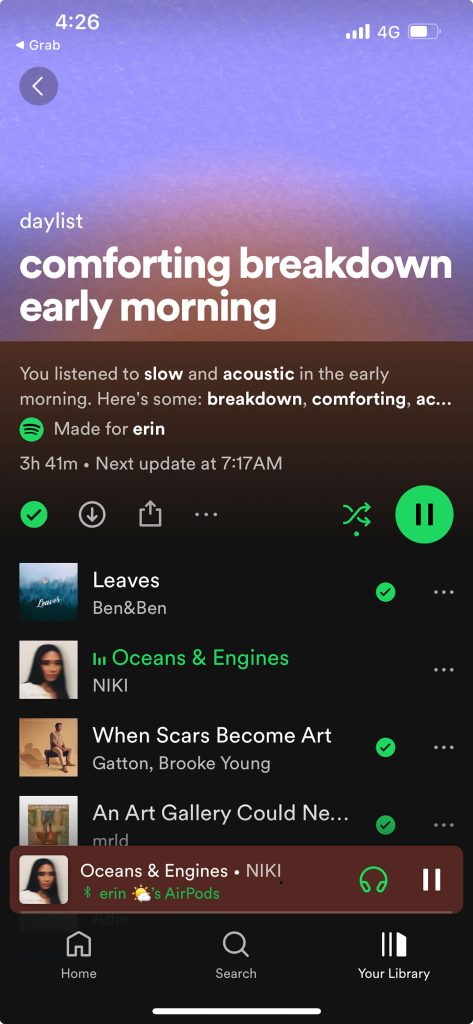
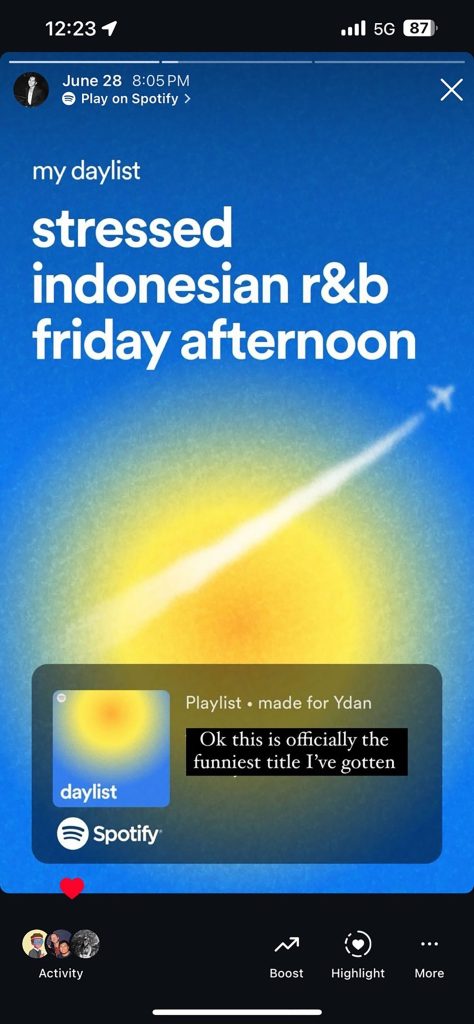
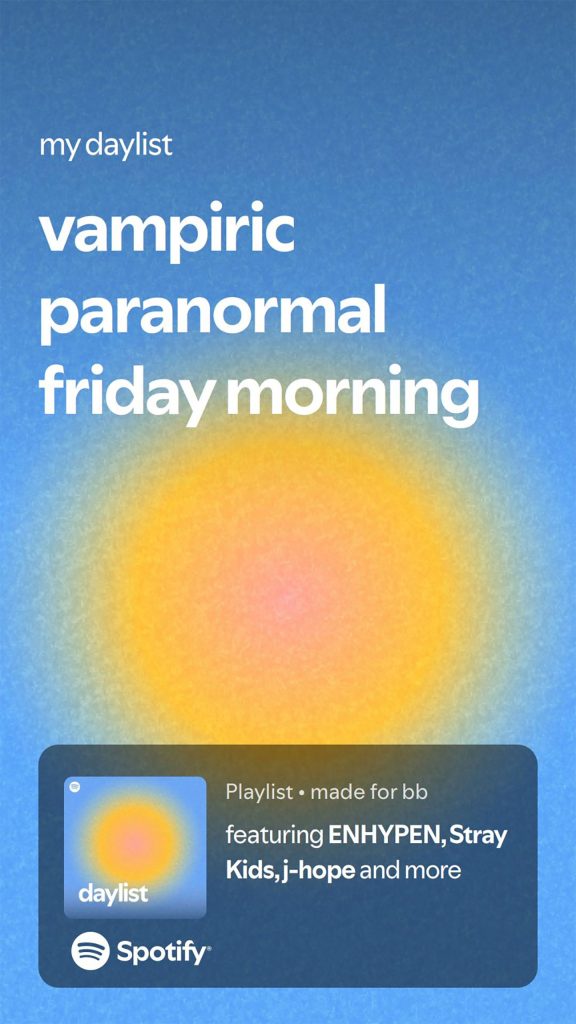
But not all influencer material is created equal. So how do the brands that succeed get it right?
How Spotify Philippines stood out
When local marketing agency Near Creative was tasked with end-to-end management and collaboration with influencers for Spotify’s Daylist campaign in the country, they came prepared with insights into Filipino content preferences, thanks to their almost ten years of influencer marketing expertise. But they also had to understand what makes Daylist great.
For the uninitiated, Spotify’s Daylist is a new and ever-changing playlist that evolves with the user throughout the day, complete with an often wacky title (e.g. “punk horror Halloween Friday evening”) that relates to the playlist’s content.
The mechanics are fun enough, but to help build the influencer arm of its campaign, Near needed to find a way to make it more palatable to Pinoy culture. So the campaign locked in on a classic Filipino trait: we love sharing who we are on social media, but sometimes we are too hiya to do so. Daylist is a great way to reveal who we are, without revealing too much.
The parties involved – the Spotify Philippines team and its four partner agencies, including Near Creative – cited that daylists are like little personality tests that highlight a person’s unique quirks, so it would be a novel way to tell someone (or an audience of 1 million) about themself. The influencer campaign focused on highlighting how Spotify’s daylists know exactly who you are, and how it can be even better than horoscopes. It found a way to marry the relational culture of Filipinos with our inherent hesitation to talk about ourselves by getting influencers to expose, poke fun at, and be proud of their unique personalities without being too straightforward – they say it all through their Daylists, and thus invite their followers to do the same.
The Daylist campaign tapped influencers who generated reach and engagements that doubled the average of the agency’s key performance indicator projections, revealing how gamely Filipinos participated in the campaign.
Make influencer campaigns resonate with the Philippine crowd
Leveraging influencer marketing can be the path to growing a brand’s audience, especially with a highly engaged Filipino social media user base. But there are a few lessons we can learn from Spotify’s success in creating campaigns that Filipinos will love.
Authenticity is key.
Audiences are discerning, so they turn away from content that feels insincere. People want something that feels like an honest representation of who the influencer is, even if the content is unpolished or unfiltered. Content that feels unscripted is more relatable, and Filipino social media users love consuming content that understands them and feels like a mirror to their own lives.
Get creative with your briefs.
Content briefs should be helpful guides for influencers to create content that feels true to them. Briefs should not be a step-by-step rulebook that dictates exactly what the influencer should do.
The Daylist influencer campaign was a collaborative process between Spotify, Near, and the influencers, where the agency supported Spotify in providing context, goals, and guidelines. The influencers came in with their expertise, as they are the ones who understand their audience and content style best.
Look for an engaged community.
The most credible influencers have built a community that regularly interacts with their content. This often occurs for KOLs with distinct personalities and editing styles and those who specialize in certain topics. We Filipinos value community, which also extends to our online behaviors. Followers are one thing, but an engaged community reveals that an influencer’s audience truly pays attention to the content they produce.
Before partnering with influencers to promote a campaign, brands must keep these truths in mind to craft an influencer strategy that truly resonates with its audience.
Visit nearcreative.co for the latest on influencer marketing.


